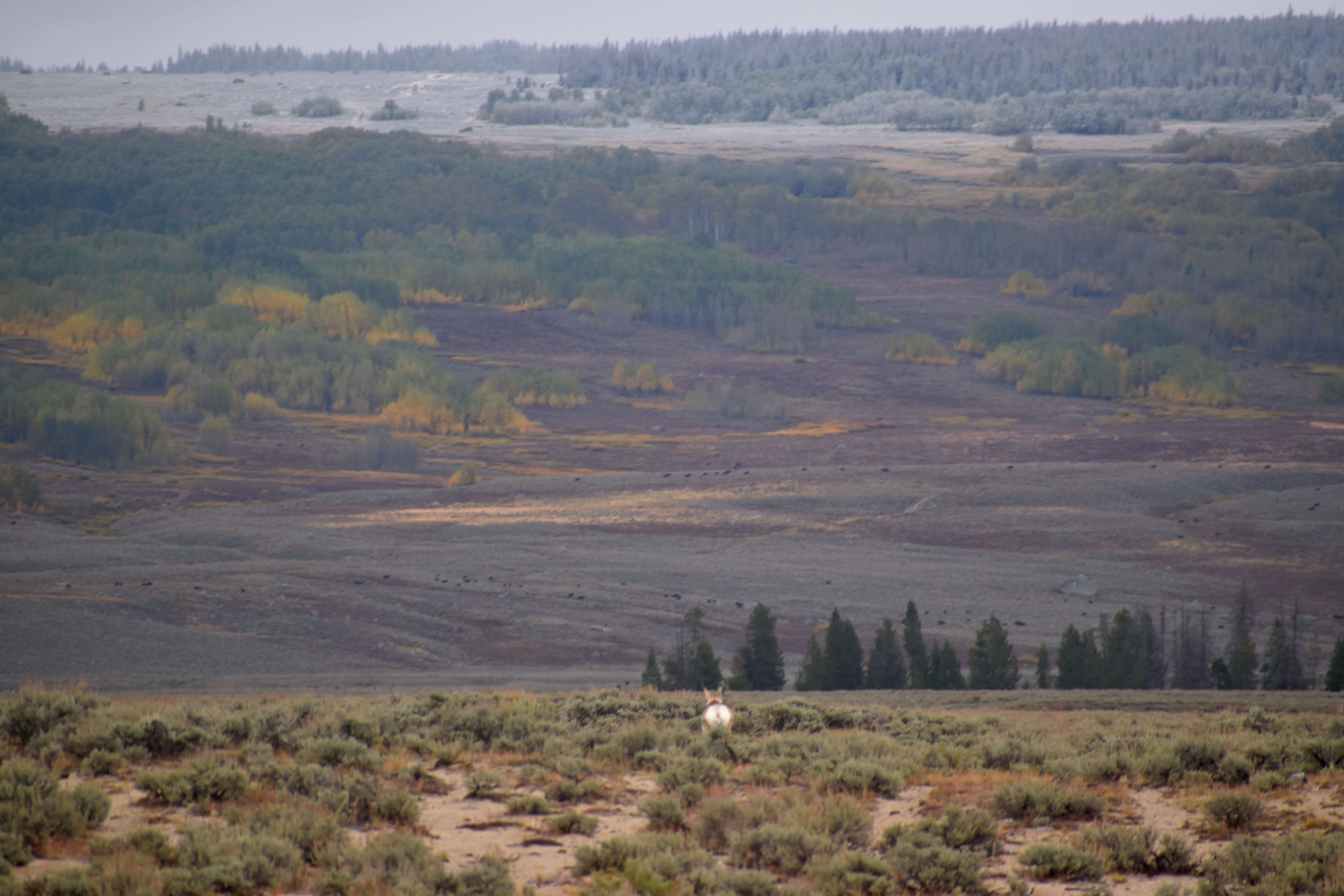cattle grazing
-
Ungrazed juniper and grass in Sutton Mountain Proposed Wilderness, Oregon. Photo George Wuerthner One of the most common assertions from the livestock industry and range managers is that juniper is “invading” landscapes, sucking up water that would sustain grasses, and harming wildlife. Of course, these assertions are seldom challenged. Given that grass seems absent from…
-
Changes in the riparian vegetation along the San Pedro River before and after livestock removal from the main river corridor. The Bureau of Land Management released its Environmental Assessment for livestock grazing in the San Pedro National Conservation Area (SPNCA) in Arizona. The BLM has decided that the rancher’s interests trump the public interest in…
-
Twin Lakes on the Bridgeport Ranger District. Photo George Wuerthner A recent final decision to keep cattle grazing out of vacant allotments on the Bridgeport District Humboldt Toiyabe National Forest is good news for the public and many endangered species. The district lies on the eastern slope of the Sierra Nevada just east and north…
-
A number of years ago Bay Nature published a couple of pieces promoting livestock production in California. I responded with a critique of the articles. I continue to hear the same arguments today with various individuals and organizations promoting “regenerative” grazing, “grass fed beef” and livestock as a “tool” to reduce wildfires, among other alleged…
-
George Wuerthner and Jon Marvel in Hailey, Idaho. Western Watersheds Project is the only NGO whose mission is to educate the public about the numerous environmental impacts of livestock production and works to reduce livestock grazing on public lands. WWP is one of the most influential environmental groups because it successfully uses the courts…
-
If cattle graze to bare soil, it is true that fires are slowed under such conditions, but the ecological impacts are enormous. Photo George Wuerthner When I worked for the BLM, us “ologists” (hydrologist, ecologists, biologists, archaeologists, geologists, and botanists) used to refer to Range Conservationists as Range “Cons” because they conned the public into…
-
Photos courtesy of Escalante Watershed Partnership Among the more egregious recent decisions of the Utah Bureau of Land Management is to open 50,000 acres of the Escalante River within the Grand Staircase Escalante National Monument to renewed livestock grazing. The Escalante was so remote that it was the last major river to be mapped in…
-
Recently the Bridger Teton National Forest (BTNF) released its final record of decision on livestock grazing on the 170,641 acres Upper Green River Allotment. The allotment includes the headwaters of the Green River north of Pinedale, Wyoming.The Upper Green River allotment contains the most superlative wildlife habitat in the entire Greater Yellowstone Ecosystem (GYE), yet…
